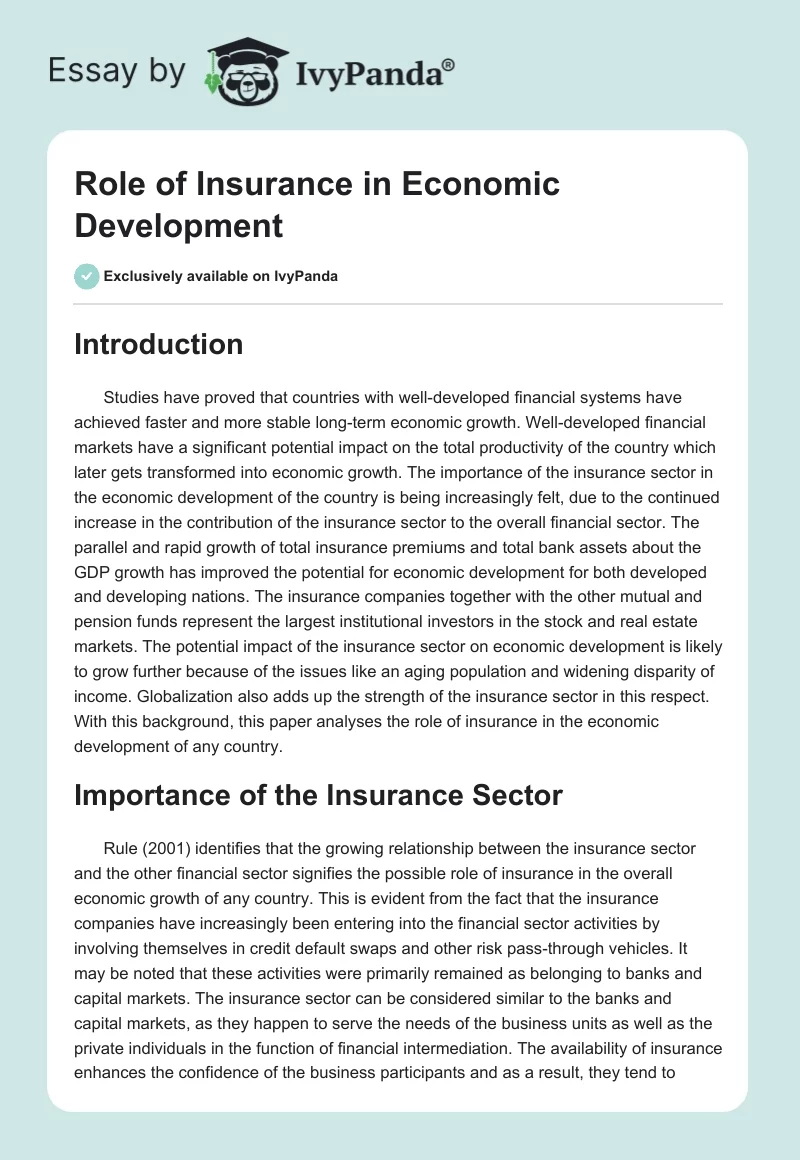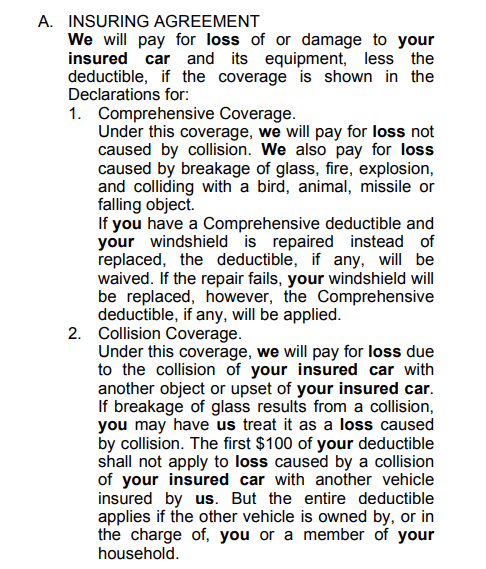Excitement About Pacific Prime
In the majority of states, the insurer is called for to send you a copy of the modifications to your plan. It is very important that you read Recommendations or Bikers so you recognize exactly how your policy has actually changed and if the plan is still sufficient to satisfy your demands. To get a copy of your insurance coverage, please contact your insurance coverage agent or business.
The Institute of Medicine (IOM) Committee on the Repercussions of Uninsurance launches a prolonged exam of evidence that addresses the value of health and wellness insurance coverage with the publication of this record. Coverage Matters is the initial in a series of 6 reports that will certainly be issued over the following 2 years documenting the reality and consequences of having an estimated 40 million people in the United States without health insurance policy protection.

Top Guidelines Of Pacific Prime
The goal of this collection of studies is to redouble policy focus on a historical issue. Complying with the longest economic development in American background, in 1999, an approximated one out of every 6 Americans32 million adults under the age of 65 and more than 10 million childrenremains uninsured (Mills, 2000).

Ten percent of the population represent 70 percent of health and wellness treatment expenses, a correlation that has stayed constant over the past three years (Berk and Monheit, 2001) - group insurance plans. Therefore medical insurance proceeds to offer the feature of spreading threat also as it progressively funds regular care. From the viewpoint of health treatment service providers, insurance brought by their clients aids secure a revenue stream, and communities gain from financially practical and stable health and wellness care professionals and establishments
Government offers health insurance to populaces whom the exclusive market might not serve effectively, such as disabled and seniors, and populations whose access to healthcare is socially valued, such as children and expectant women. The best ends of health insurance coverage for the specific and neighborhoods, including office communities of workers and companies, are boosted health results and high quality of life.
Top Guidelines Of Pacific Prime
Workers place medical insurance first by much in relevance among all the benefits supplied in the office (Salisbury, 2001). There have been large investments of personal and public funds to supply health and wellness insurance, many individuals still have no insurance coverage. In spite of extensive coverage of study findings and health and wellness treatment study results, the public continues to be overwhelmed and mistaken concerning Americans without medical insurance and the effects of lacking insurance coverage.

Without doubt, the intricacy of American wellness care financing mechanisms and the wealth of resources of information add to the general public's confusion and suspicion about wellness insurance coverage data and their analysis. This report and those that will comply with goal to boil down and offer in easily understandable terms the comprehensive research study that bears on inquiries of medical insurance coverage and its value.
Fifty-seven percent of Americans polled in 1999 thought that those without wellness insurance coverage are "able to get the care they need from doctors and hospitals" (Blendon et al., 1999, p. 207). In 1993, when nationwide attention was focused on the problems of the uninsured and on pending healthcare regulation, simply 43 percent of those polled held this idea (Blendon et al., 1999).

They also get less preventative services and are less most likely to have normal look after persistent conditions such as high blood pressure and diabetes. Chronic illness can cause expensive and disabling issues if they are not well taken care of (Lurie et al., 1984; Lurie et al., 1986; Ayanian et al., 2000). One national survey asked even more than 3,400 adults about 15 very serious or dark problems.
Pacific Prime Things To Know Before You Buy
Additional proof exists later in this phase in the conversation of insurance policy and access to healthcare. https://www.webtoolhub.com/profile.aspx?user=42386420. People without health insurance are young and healthy and pick to do without protection. Almost half (43 percent) of those checked in 2000 thought that individuals without medical insurance are most likely to have health troubles than people with insurance
Voters and policy manufacturers in focus group conversations define those without insurance as youths who have the possibility to be covered and feel they do not need it (Concierge Novelli, 2001). Compared to those with a minimum of some personal insurance coverage, the uninsured are much less most likely to report remaining in outstanding or great health (Firm for Medical Care Study and Top Quality, 2001).
SOURCE: Facility for Price and Funding Studies, Company for Healthcare Research Study and Quality, based on MEPS information. Youthful grownups in between 19 and 34 are much more likely to lack medical insurance than any kind of other age. This is chiefly because they are much less commonly eligible for employment-based insurance coverage due to the nature of their task or their brief period in it.
The understanding that individuals without insurance coverage have better-than-average health complies with from confusing the reasonably young age account of the uninsured with the better health, on standard, of younger individuals. This obscures the link between health status and health insurance. For those without accessibility to work environment health insurance, inadequate health is use this link a possible obstacle to purchasing nongroup coverage because such coverage might be highly priced, exclude preexisting problems, or be simply inaccessible.